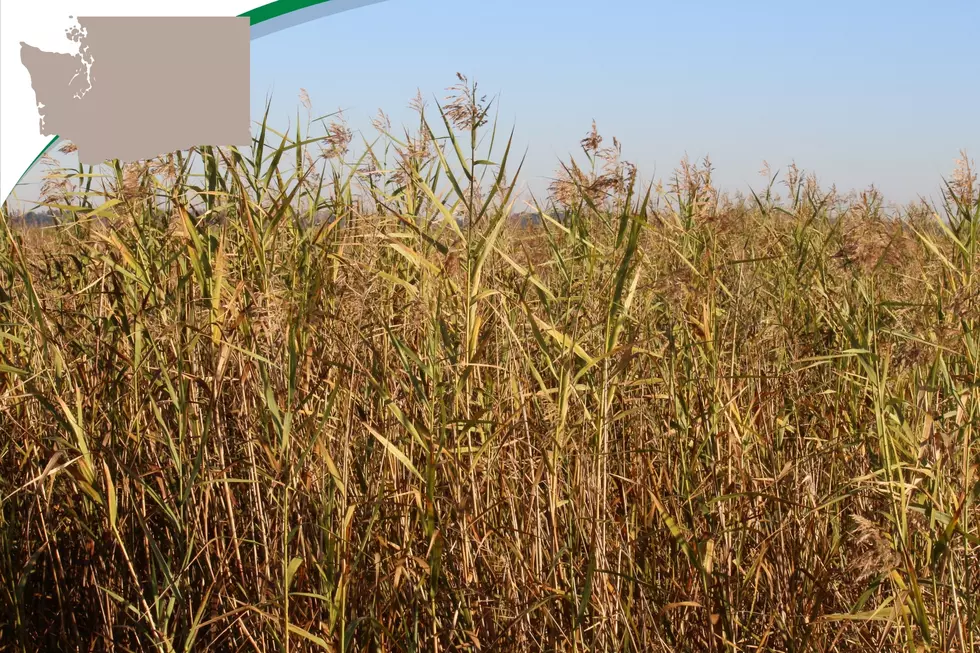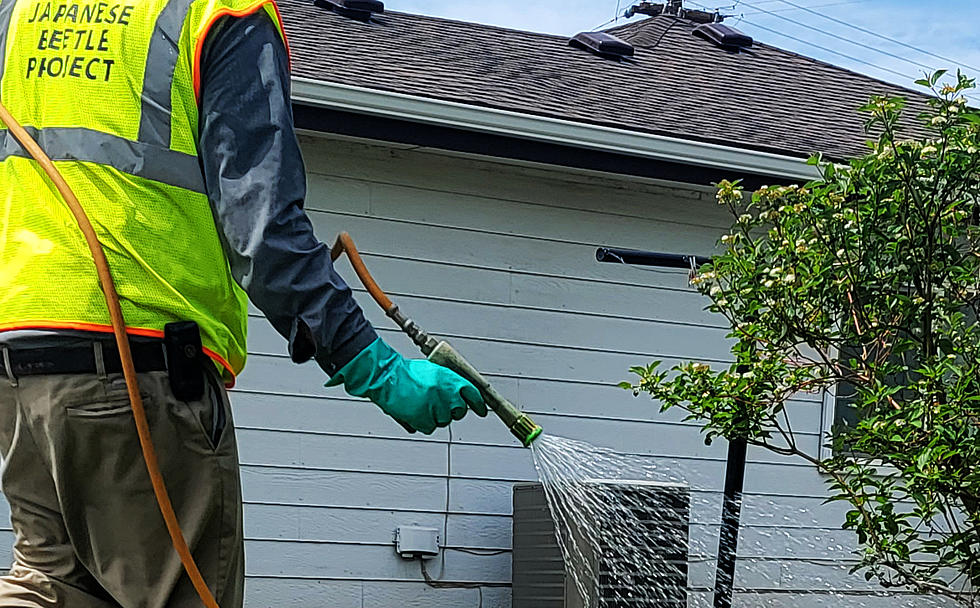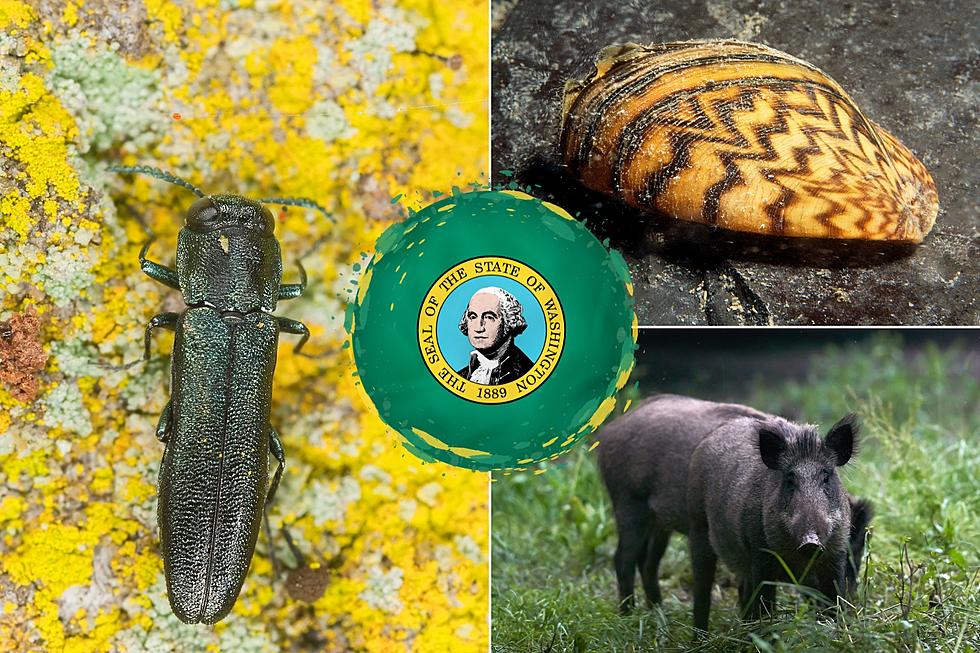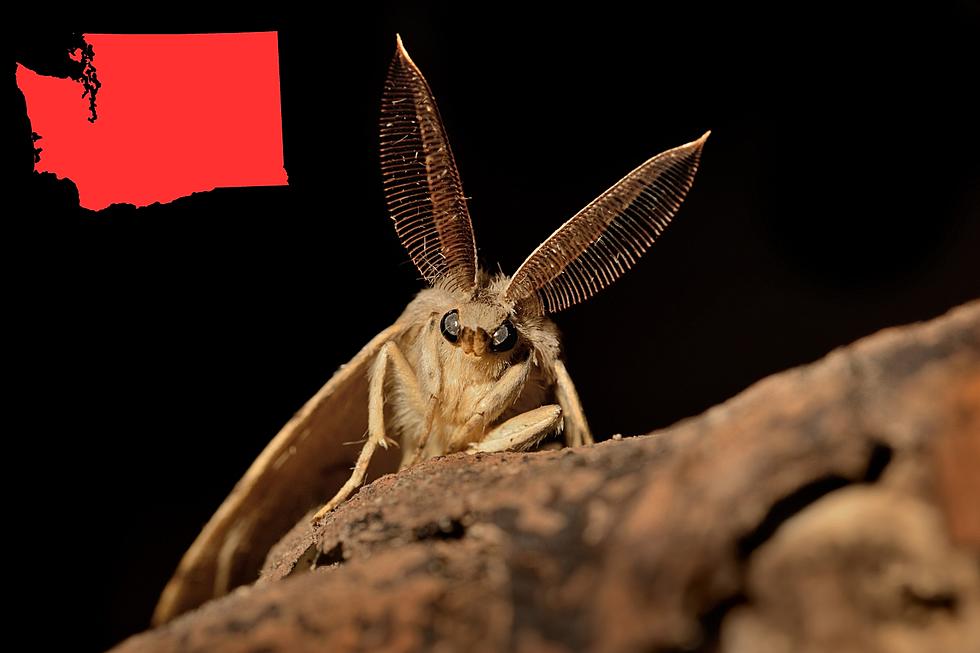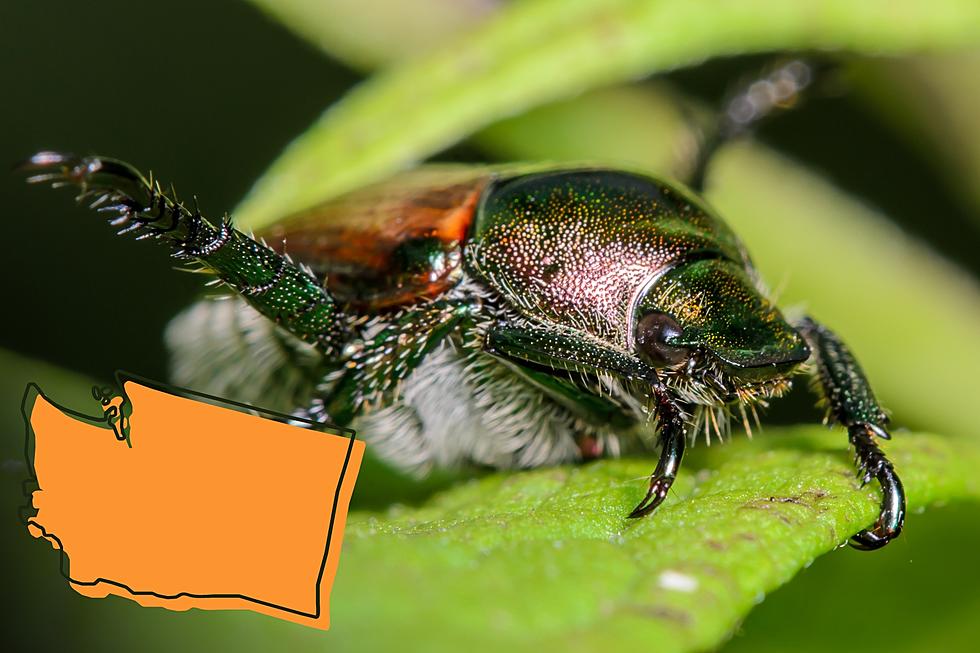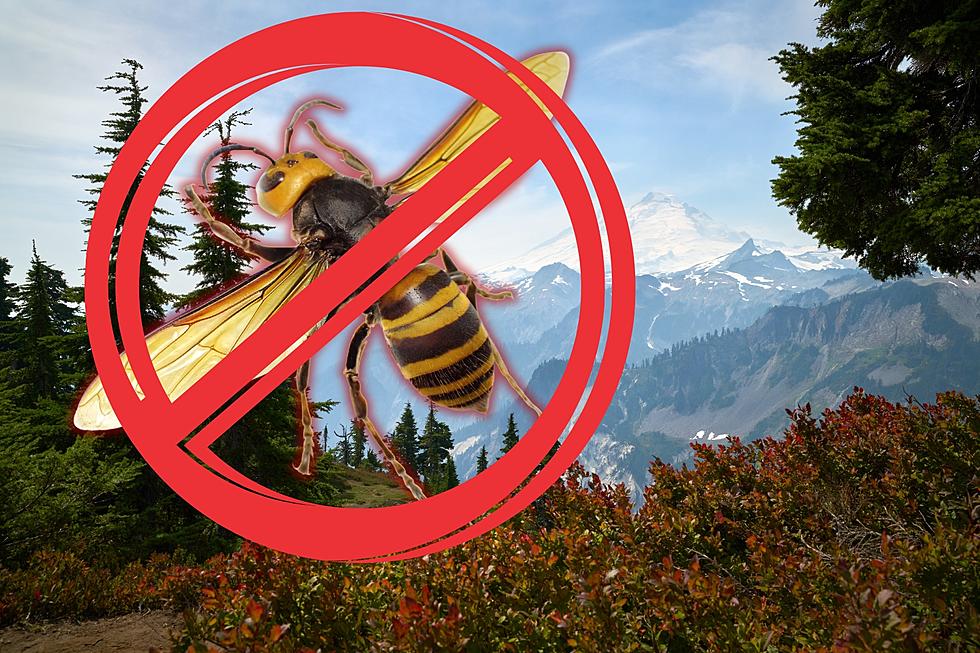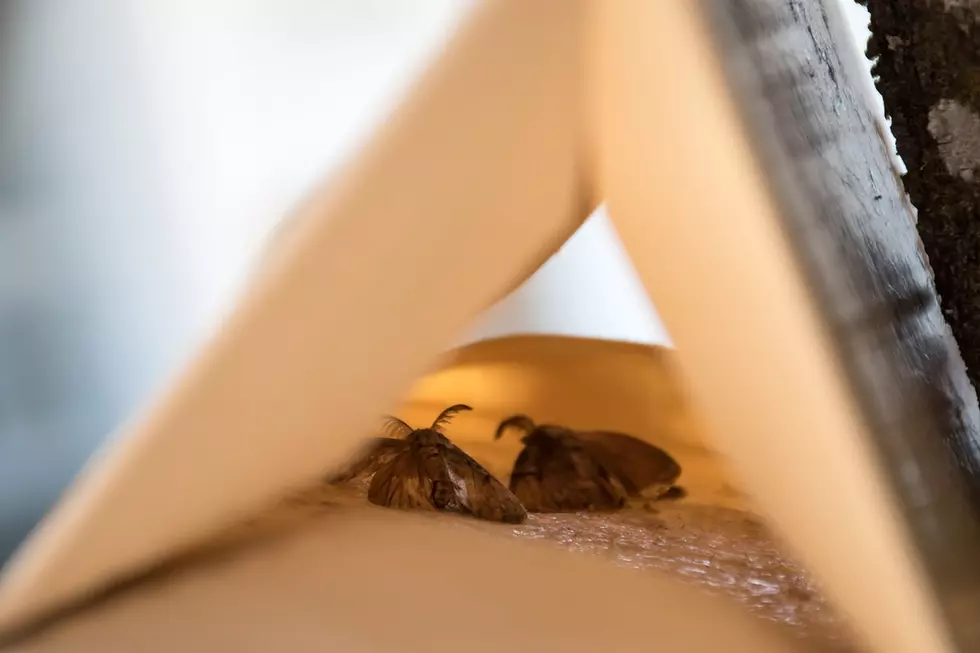
WSDA Set To Start Annual Pest Hunt
The Washington State Department of Agriculture is preparing for its annual hunt for invasive pests and diseases. The Department will set thousands of traps statewide to monitor for the introduction or spread of over 130 invasive pests and diseases, including spongy moth, formerly known as gypsy moth, Asian giant hornet, apple maggot and Japanese beetle.
Trappers have already started setting the first traps for Japanese beetle in the Grandview area where more than 24,000 beetles were trapped last year. Trappers will also place approximately 20,000 spongy moth traps statewide this summer. Both spongy moths and Japanese beetles attack over 300 different types of plants, which could be devastating to the environment and agriculture should they become established. Trapping for Asian giant hornet workers will not start until July when worker hornets should become more active.
WSDA will trap exclusively in Whatcom County. However, the agency will also be encouraging citizen scientists to trap for these invasive pests again this year, especially in Whatcom, Skagit, San Juan, Island, Clallam, and Jefferson counties. Citizen scientist trapping instructions are available on WSDA’s website.
While trapping for Asian giant hornets continues to be important for locating nests, WSDA is still asking residents to report all suspected sightings. Public reports have accounted for more than half of Washington’s confirmed hornet sightings. Suspect hornet sightings can be reported on the WSDA's Website, via email at hornets@agr.wa.gov, or by calling (800) 443-6684. While all reports are encouraged, a photo or specimen is necessary for confirmation.
WSDA has spent decades trapping for invasive pests that threaten agriculture or the environment. Their trapping efforts combined with public reports have prevented invasive pests such as the spongy moth and citrus longhorn beetle from establishing in Washington and devastating trees, forests, parks, farms, and gardens. Spongy moth, for example, has destroyed entire swaths of forests in the Eastern U.S. where it is established. Despite first detecting the moth in 1974, state and public efforts have prevented the moth from taking up residence in the state for nearly 50 years.
If you have a story idea for the PNW Ag Network, call (509) 547-1618, or e-mail gvaagen@cherrycreekmedia.com
More From PNW Ag Network
